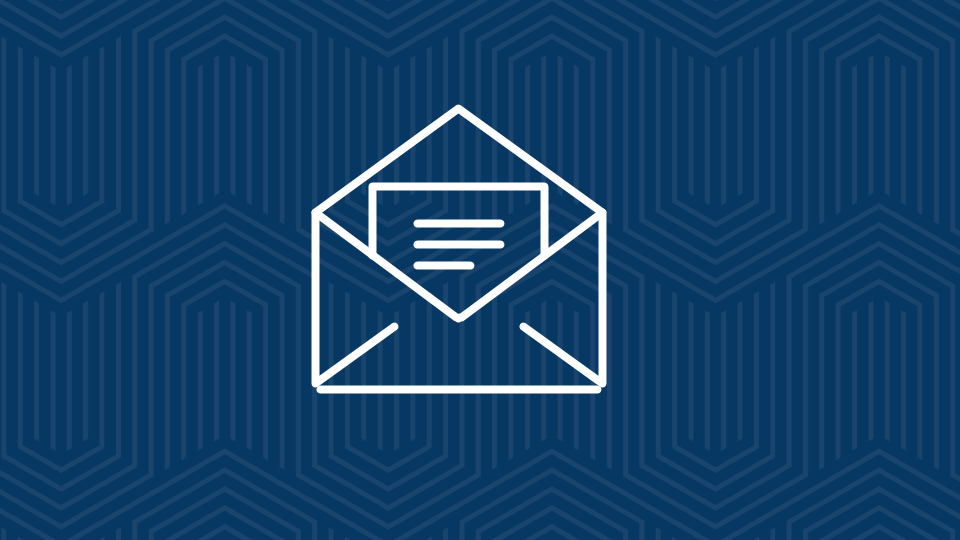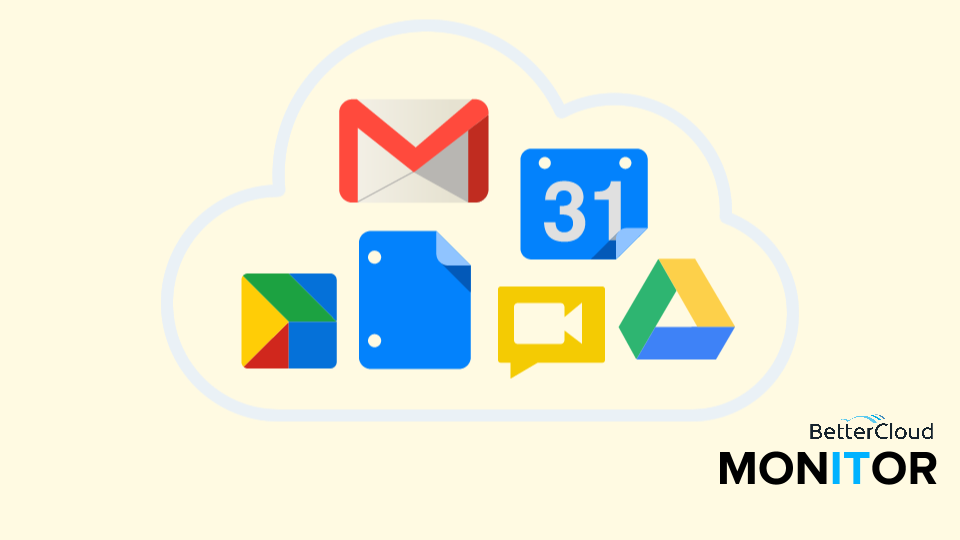Mobile Deployment
3 minute read
Deployment Step #1 – Determine Mobile IT Strategy
In this first step of mobile deployment, you should decide what types of mobile devices your organization will support. While Android devices are the easiest to connect, sync and manage in Google Apps, other devices, such as iOS, BlackBerry, and others that support Google Sync require additional work.
Determine whether your organization will support mobile sync with all devices or just certain types. Take a look at Google’s transition guide for information on the management and configuration options available for non-Android devices.
Deployment Step #2 – Initial Mobile Connectivity Testing within IT Department
Test out Google Apps mobile connectivity within your IT department to get a feel for connecting with the different devices.
- Android – If you don’t already have the Gmail and Calendar apps, download them from the Android Market. Then set-up your Google Apps account to sync with your mobile device (Settings > Add Account > Google).
- iOS – Use Google Sync to view your Google Apps mail in calendar in the native iOS mail in calendar apps (Settings > Mail, Contacts, Calendars > Add Account > Microsoft Exchange). See this guide if you need additional assistance with this step.
- BlackBerry – Syncing BlackBerry devices with Google Apps can be done through a Google Apps Connector for BlackBerry Enterprise Server. This process is difficult, so unless BlackBerry support is necessary for your organization, consider transitioning BlackBerry users to Android/iOS. See the BlackBerry section of this Google’s transition guide to learn more about your options for syncing BlackBerry devices with Google Apps.
Deployment Step #3 – Early Adopters
After you have tested mobile connectivity within your IT department and begun adjusting mobile management settings based on this experience, you should roll out the feature to an early adopter group (by enabling it for an early adopter OU).
Along with your IT department, these early adopters will help provide feedback on mobile connectivity and device policies that will be set and changed until the organization-wide go live.
Deployment Step #4 – Enforce Device Policies
Determine what device policies you want to deploy for mobile devices in your organization. Enforce these policies in the device management settings page in the Google Admin Console (called “org. settings” in the Control Panel).
Deployment Step #5 – Integrate Mobile Security Apps
Based on the level of security that your organization needs, there are different levels of mobile device security that you can enforce. Here is some information on the two main apps that organizations use to enforce mobile device security:
- Google Authenticator – Available as an app for Android, BlackBerry, or iOS devices, Authenticator allows users that are using 2-step verification for their Google Apps account to sign in on their mobile devices.
- Google Apps Device Policy – Available only on Android, this app lets you enforce security policies on Android devices. For example, you can require users to set a password on their device and set up the remote wipe option for these devices.
Deployment Step #6 – Mobile Deployment Day
At this point, you should have done enough experimentation with your early adopters group to determine how you want to use mobile device sync for your Google Apps domain.
You should consider scheduling an official mobile deployment day on which you will enable mobile device sync for the entire domain. By scheduling an event instead of just turning the feature on, your IT department can focus on configuring as many users devices as possible on that one day.
Getting most devices set-up on that day will help reduce future mobile-related support issues. Before this date, you may want to let your users know what apps they will need to have installed so they can perform these installations before the deployment day.
Additional Resources
Google Gooru – Mobile Device Management





